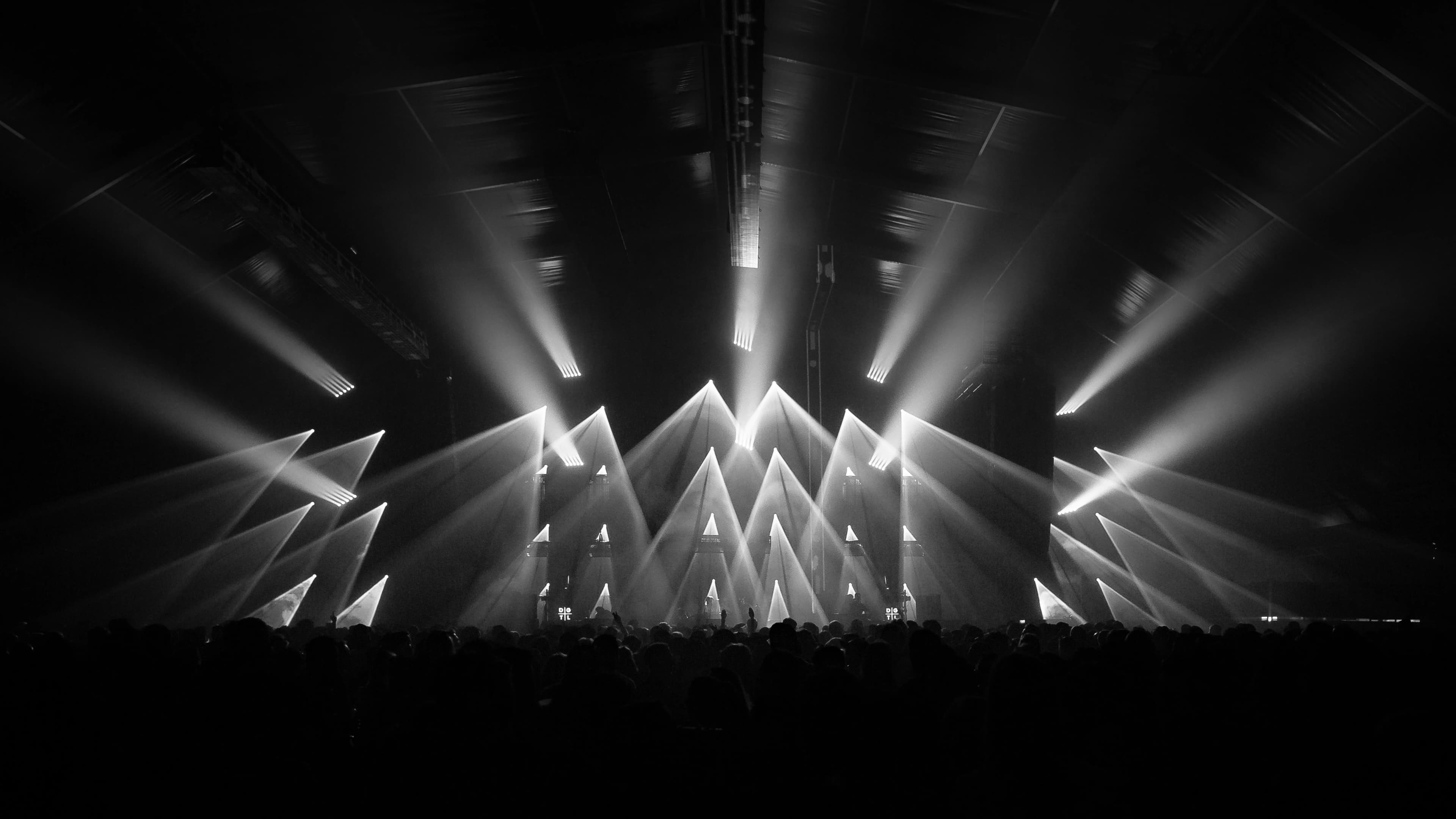

Shostakovich Symphony No 11 Tickets
Up to 30% Off Compared to Competitors.
Location: Select Location (e.g, New York)
Events Nearby
We're Sorry. There are currently no events near you.
About Shostakovich Symphony No. 11
In recent years, Shostakovich's Symphony No. 11 has seen a resurgence in performances across the globe, especially in concert halls dedicated to classical music. Major orchestras, including the London Symphony Orchestra and the Berlin Philharmonic, have featured this symphony in their concert programs, drawing audiences with its dramatic narrative and emotional depth. Additionally, music festivals often include the symphony, showcasing it alongside other works by Shostakovich and contemporaries. Notably, 2023 marked the 125th anniversary of Shostakovich's birth, leading to numerous special concert events and commemorative performances celebrating his contributions to music. Conductors such as Andris Nelsons and Valery Gergiev have led significant performances, highlighting the symphony's relevance in today's socio-political context. Furthermore, interpretations of the symphony continue to evolve, with various ensembles bringing fresh perspectives to its themes of revolution and resilience. The ongoing interest in Shostakovich's work ensures that Symphony No. 11 remains a vital part of contemporary concert programming, resonating with current audiences as a powerful reminder of the struggles for freedom and justice.
Shostakovich Symphony No. 11 History
Dmitri Shostakovich's Symphony No. 11, often referred to as the 'Year 1905,' was composed in 1957 and is one of his most powerful and evocative works. The symphony was written in response to the events of the 1905 Russian Revolution, which marked a significant period of upheaval and change in Russia. The music is structured in five movements, each reflecting the emotional and political turmoil of the time. The first movement begins with a somber introduction, depicting the oppressive atmosphere leading up to the revolution. As the symphony progresses, it portrays the struggles of the people, culminating in a dramatic and intense finale that symbolizes both hope and despair. Shostakovich's unique ability to blend emotional depth with social commentary has made this symphony a staple in orchestral repertoire and a subject of much analysis and interpretation. Its premiere took place in Leningrad (now St. Petersburg) and was met with acclaim, establishing the symphony as a significant work in the 20th-century classical canon.
